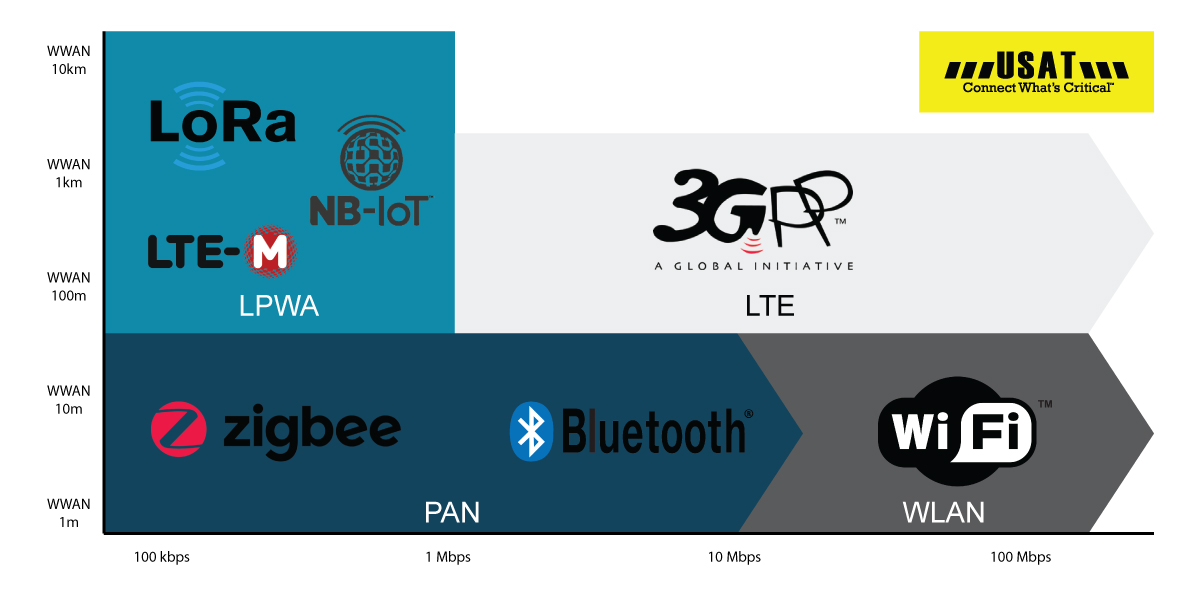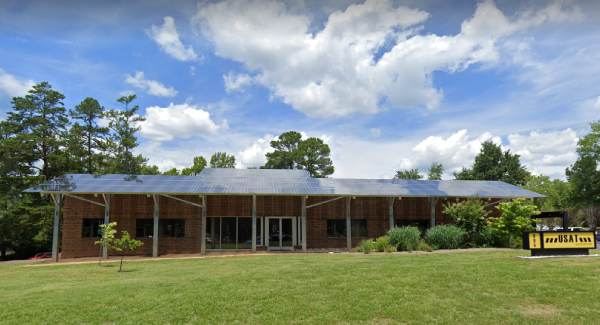What Is LPWA?
Low-power WAN (LPWAN) is a wireless wide-area network technology that interconnects low-bandwidth, battery-powered devices with low bit rates over long ranges. LPWANs are much more operationally and economically efficient than traditional mobile networks and are able to support a greater number of connected devices over a larger area.
They were created for machine-to-machine (M2M) and Internet of Things (IoT) networks, and can accommodate packet sizes from 10 to 1,000 bytes at speeds of up to 200 Kbps. Depending on the conditions and setting (such as rural versus urban environments), LPWAN have a range from a few kilometers to upwards of 10 kilometers.
What Does LPWA Do?

LPWA reduces the overall cost by more than 50 percent and power consumption by more than 75X. As a result, it provides a global networking solution for a host of previously cost-prohibitive or technically infeasible smart city, smart grid, agricultural, and other IoT applications while still being compatible with the future rollout of 5G and other new technologies. Plus, enterprises that choose standards-based LPWA technology based on the 3GPP governing body for cellular will benefit from faster IoT application development, testing, and deployment.
With Cat-M1 and NB-IOT technology, the Internet of Things can become the Internet of Everything. Each year we see increasingly more LPWA adoption as organizations look to use data to provide better products, services, and experiences.
Benefits of LPWA
Enterprises are rapidly adopting LPWA, and we expect to see a variety of new, large-scale applications introduced that use LPWA, whether on the shop floor, in fuel pipelines, farm fields, city streets or the electric grid.
The affordability, low power consumption, and extensive coverage of Cat-M1 and NB-IOT have made them popular in a variety of industries. Applications range from luggage tracking and water management to air quality monitoring and kids’ communication devices. One of the most widely-discussed applications for LPWA technology is in smart cities, where governments can leverage the IoT to make life more comfortable and cost-effective for their citizens.
LPWA also delivers a five to 10x improvement in coverage and will support up to a million users per square kilometer – making it possible for enterprises to deploy IoT applications in areas where cellular coverage was previously unreliable or unavailable.
LPWA Improves IoT Asset Tracking
Anyone following the evolution of IoT recognizes that mobile asset tracking for assets such as vehicles, containers, pallets, and more, is one of the most common and successful use cases to date. Yet, according to some studies, the number of mobile assets currently being tracked is just a small fraction of the total number that could be. At the end of 2017, the number of mobile assets of all kinds being tracked worldwide was approximately 50 million units. Yet, at that time, there were around one billion vehicles worldwide and about 10 billion pallets, not to mention the potential for new applications for tracking people, livestock, pets, luggage, and other valuable assets.
A key reason we are not doing more IoT asset tracking today is a question of need versus cost. While being able to track luggage, pallets, shipping containers, or other assets might be useful, it may not always be economically viable when one considers the value delivered from an IoT asset tracking solution versus the cost of setting up and maintaining the solution. However, new technologies, including many from Sierra Wireless, are transforming the mobile asset tracking market, making IoT tracking solutions both more valuable to users and less expensive.
LPWA Powers Critical AI and Machine Learning
For many applications, especially as they scale, an increasingly urgent consideration is how to analyze all the data being collected. For example, in a medical treatment environment, the data collected about a patient is important not only for the patient’s treatment but also in detecting health trends related to, for example, treatment effectiveness and epidemics.
In the trucking industry, the Occupational Safety and Health Administration (OSHA) recently recommended that fleets employ telematics systems to report information on driver behavior, including speed and safety. These systems, such as the one employed by NetraDyne, must record numerous driver interactions, analyze issues in real-time and instantly report back to fleet managers.
AI and machine learning are the technologies driving this capability. As organizations use LPWA technology to scale IoT data collection cost-effectively, they will also increase the deployment of AI technologies that can analyze all that data. While these technologies require tremendous computing resources, the adoption of cost-effective in-memory computing platforms is enabling businesses of all sizes to scale AI applications that require real-time and near-real-time processing rapidly.
LPWA In A 5G World

Newer LPWA Technology | LoRaWAN
Contact USAT
For over 25 years, USAT has provided mobile communications solutions for various retail applications across the USA. With our extensive catalog of world-class routers, gateways, and software designed for remote monitoring and management in even the harshest environments — you can count on us to get and keep you connected.
Better mobile connectivity translates to less manual equipment maintenance, reduced downtime, and an overall increase in your business’s ROI. Contact the experts at USAT to learn how our wireless networking solutions can help meet your organization’s exacting needs.
Share this Post














